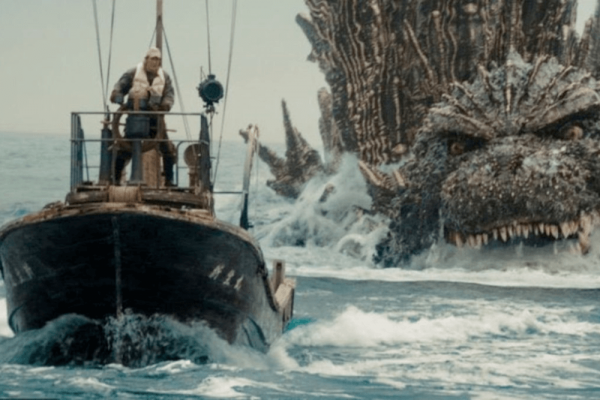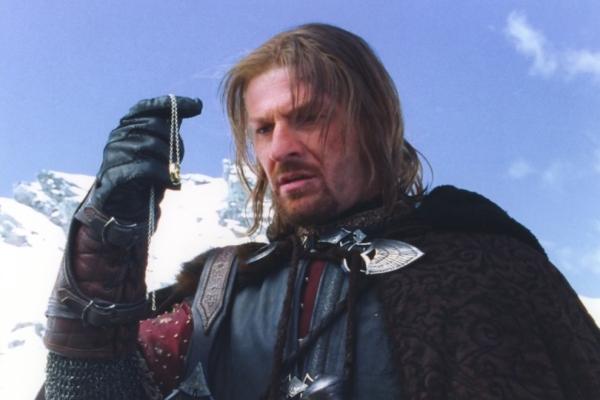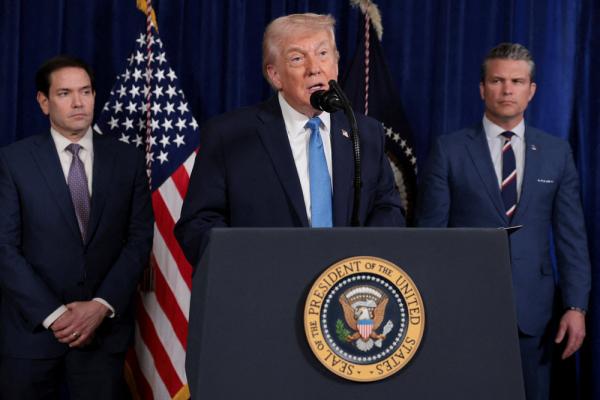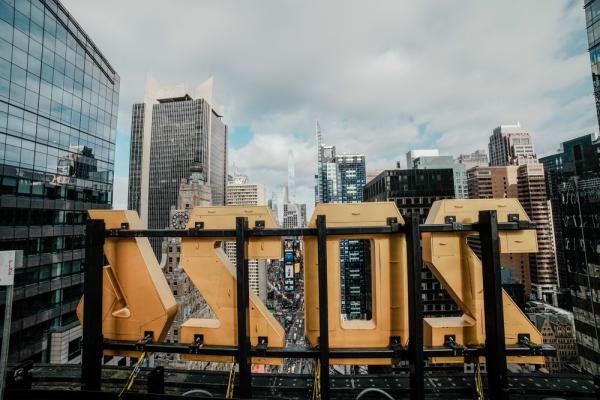The first Godzilla film, released in 1954, served as a stark reminder of the destruction of the nuclear weapons the U.S. dropped on Japan a decade prior. His keloid-scarred skin and crushing of buildings were a mirror and warning of the terror of nuclear weapons. In the newly released Godzilla Minus One, the monster is again an allegory for war, but this time as a rich meditation on grief, guilt, and moral injury.
U.S. audiences would be forgiven for not knowing that such a meditation could come from a monster movie. The U.S.-release of the 1954 film made substantial cuts and ended the movie not on a warning, but a declaration of military might. And since then, Godzilla movies in the U.S. have been a celebration of the “king of the monsters.”
Minus One, which premiered in U.S. theaters on Dec. 1, became the highest grossing Japanese live-action film in U.S. history. The movie offers audiences a serious encounter with war’s haunting grief, depression, and unforgiveness. As director and writer Takashi Yamazaki told Vulture, the film serves as “a good reminder of what the aftermath of a war looks like.”
But Minus One doesn’t just focus on the turmoil. It also challenges viewers to center community-building and forgiveness in peacemaking.
Godzilla in Japan, Godzilla in the U.S.
In the last decade of U.S. Godzilla movies, Legendary Entertainment has produced artistic but largely gratuitous action films. Critics have long commented on the difference between the U.S. and Japan’s Godzilla. But in the recent Legendary releases, filmmakers worked to bring U.S. audiences a Godzilla who served as a morally neutral “God of Destruction.”
Godzilla (2014) and Godzilla: King of the Monsters (2019) had compelling visions for Godzilla as an icon of mother nature, punishing humanity for its sins of neglecting and worsening our ecosystem. In the Legendary canon, Godzilla is an unpredictable force, but he’s less a destroyer and more a deconstructor — tearing away the harmful things that we refuse to let go of and revealing the hubris of humanity. Still, this is the Godzilla the U.S. would like to encounter — a benevolent superpower.
In Japan, production studio Toho (which invented Godzilla in 1954 and produced Minus One) wants us to encounter Godzilla from under the foot of the monster. Here, he is a symbol of the unbearable weight of death and the seemingly unshakeable chain of grief. In Minus One, Godzilla is a manifestation and representation of the inner turmoil that follows war, often described as “moral injury.”
Light spoilers follow.
The film follows Koichi Shikishima (played by Ryunosuke Kamiki) in 1945-47 Japan. Shikishima is a WWII kamikaze pilot who fabricates a plane-malfunction to avoid fulfilling his duty. Shikishima lands on a small island for “repairs,” where he meets fellow servicemembers, one of whom commends his dereliction — the war is lost, it’s not worth dying just to protect a sense of honor.
At night, an adolescent Godzilla makes his first appearance in the film, attacking the island. Shikishima is able to crawl to his plane with its 20mm gun and has the perfect chance to kill Godzilla, but he can’t take the shot. Frozen, all he can do is watch in horror as nearly every other person with him is eaten or crushed by Godzilla. Shikishima is one of only two survivors.
On the one hand, viewers want to scream at the screen for Shikishima to save the lives of his comrades. Their deaths seem so avoidable. On the other, the fear that grips him seems insurmountable; who except those who have looked war in the face would dare judge him?
When Shikishima returns to Japan, there is more death and loss waiting for him: His family was killed in air raids, his home and the homes of his neighbors were destroyed. He is shamed, blamed, and berated by a neighbor who realizes he intentionally sabotaged his kamikaze mission. Survivor’s guilt consumes him.
In a chance encounter, Shikishima meets Noriko Oishi (played by Minami Hamabe), who is watching over Akiko, the baby of a woman killed in the air raids. Shikishima takes Oishi and Akiko in. The three live together, but Shikishima keeps his companions at arm’s length.
Rev. David Peters, an Episcopal priest who served as a U.S. Army chaplain in Iraq, told Sojourners in 2020 that he had seen many soldiers who feel a “distance from the holy.”
“I see this pattern over and over again in veterans’ experience throughout church history and in the brothers and sisters I went to war with; their sense of who they are is altered [by war],” Peters said.
Shikishima feels the distance around him, and war has cut him off from a sense of self previously defined by family and country. He will not allow himself a family when his fellow service members are denied theirs. He is caught in the terror and guilt of living when so many have died. He feels he doesn’t deserve what life he has. He adamantly reminds others that he is not Akiko’s father nor Oishi’s husband, and he is closed off to every possibility of embracing the world around him.
But choked out as it may be, the spark for life and opportunity for joy is not entirely dead. In post-war Japan, Shikishima finds a job as part of a mine-removal team. He, along with three others, must sweep up the bombs left in the ocean by both Japan and the United States. The four men grow closer, building rapport professionally and personally. His friends encourage him to put the war behind him and to live with his newfound family.
Minus One offers a look at the importance of friendship and community in a war-ravaged world. In an article for Sojourners about the antidotes to moral exhaustion, Sr. Quincy Howard writes, “When lies shape our worldview, we become debilitated. Self-isolation is a common response.” For Shikishima, the debilitating lie is that he does not deserve to live, and that his death would serve others better than his life.
It’s through dinner parties, arguments, and conversations that the lonely Shikishima opens back up to life. As Howard writes, “Unpacking lies is best done with others.” Shikishima’s community, in large and small ways, holds him close despite his depression. In an intimate breakthrough, Shikishima admits to himself: “I’d like to try and live again.”
But back in the ocean, Godzilla has grown exponentially. The U.S.’ nuclear testing in the Pacific Ocean has turned the monster into the recognizable titan who crushes buildings. His atomic breath blasts craters into the side of Japan.
The tail-half of the movie comments on the broader socio-politics of war and post-war economies and governments, not from the perspective of war generals fighting for the people, but from people abandoned by their government and abused by the superpower across the sea.
Godzilla, the director Yamazaki said, is “an undiscerning god”; he’s not a moral arbiter, rather, his destruction is the manifestation of the violence and negativity that were put into the world during WWII (and, presumably, other wars). The aftermath of war (and nuclear weapons) is not just physical. It’s psychic, emotional, and spiritual.
Minus One is a reminder not to dismiss the pain war causes combatants, and to make space for them in our communities. “Joining the military is kind of easy; it’s leaving that’s really hard,” Peters said.
Minus One is a sharp and intimate look at the moral injury that follows war, and a reminder that community is the way through. Those who suffer from moral injury need the rest of us to hold them and remind them that wars do end, and life can prevail over death and isolation. The movie pushes us to learn that we will not defeat death and violence with more death, but with a communal will to live and resist.
Got something to say about what you're reading? We value your feedback!







